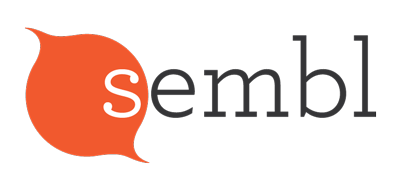This page was meant to distil the act of Sembling, and the fields of theory and practice in which the general idea has emerged. (The thing called Sembl is a coalescing of an idea with a long history; an idea that has been, shall we say, hidden in plain sight.) But two years after adding some notes, a set of notes it remains. Sorry. I will get to it one day!
This post by Charles, on how Sembl is a different way of thinking, is as good a place as anywhere to start.
[cognitive dialogue / visual dialogue ]
Quantum physicist David Bohm proposes ‘a spirit of free dialogue’ as a way to explore the roots of global crises:
Key features of such a dialogue is for each person to be able to hold several points of view, in a sort of active suspension, while treating the ideas of others with something of the care and attention that are given to his or her own. Each participant is not called on to accept or reject particular points of view; rather he or she should attempt to come to understanding of what they mean.
In this way, it may be possible to hold a number of different approaches together in the mind with almost equal energy and interest. In this way an internal free dialogue is begun which can lead on to a more open external dialogue. At this stage the mind is able to engage in free play, unimpeded by rigid attachments to particular points of view. It is our suggestion that out of this freely moving dialogue can emerge something that is creatively new, for example, the perception of a new link or metaphor between very different points of view.
A form of free dialogue may well be one of the most effective ways of investigating the crisis which faces society, indeed the whole of human nature and consciousness today. Moreover, it may turn out that such a form of exchange of ideas and information is of fundamental relevance for transforming culture and freeing it of destructive misinformation, so that creativity can be liberated.
Dialogue was also at the heart of the work of Martin Büber, Russian philosopher Mikhail Bakhtin and Brazilian educator Paulo Freire. For Freire, ‘dialogue’ is:
the encounter between [people], mediated by the world, in order to name the world.
and it depends on an open co-intention among all parties:
Teachers and students, co-intent on reality, are both Subjects, not only in the task of unveiling that reality, and thereby coming to know it critically, but in the task of re-creating that knowledge.
Emily Dickinson also speaks wonderfully of the dialogic (or in her word, circuitous) path in her poem, Tell All the Truth:
Tell all the truth but tell it slant,
Success in circuit lies,
Too bright for our infirm delight
The truth’s superb surprise;As lightning to the children eased
With explanation kind,
The truth must dazzle gradually
Or every man be blind.
Read posts about:
